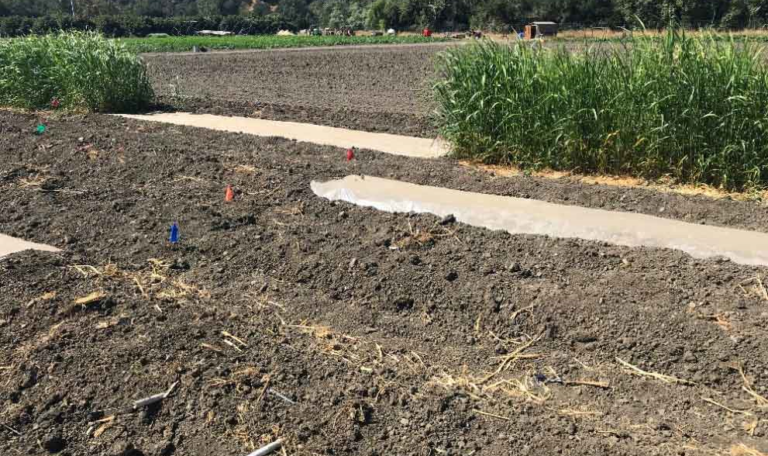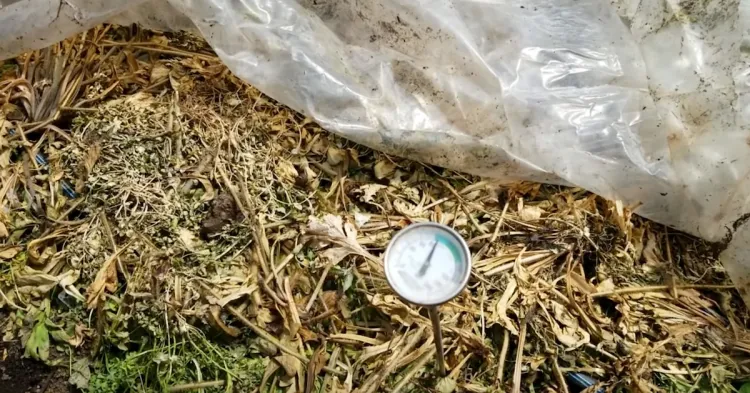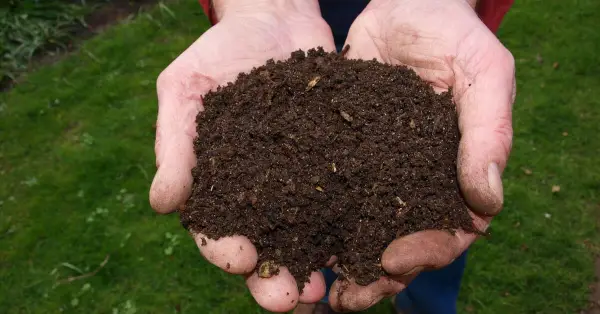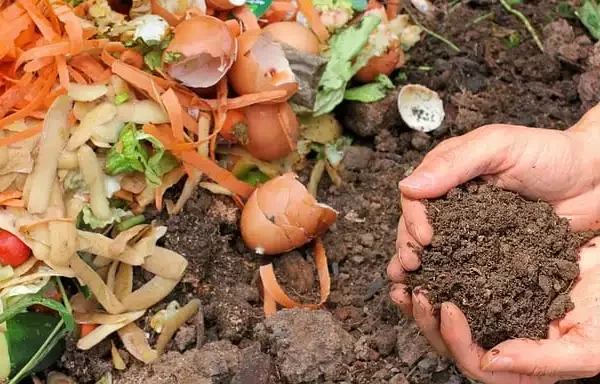Soil solarization is a technique used to control soil-borne pests, pathogens, and weeds by utilizing solar energy to heat the soil to temperatures that are lethal to these organisms. This guide provides a comprehensive explanation of soil solarization, covering its principles, benefits, application methods, and best practices.
Understanding Soil Solarization
Soil solarization involves covering moist soil with transparent plastic sheets during hot summer months to harness solar radiation, which heats the soil and effectively sterilizes it. This process relies on the greenhouse effect, where sunlight penetrates the plastic, heats the soil, and traps the heat, raising soil temperatures to levels that kill or significantly reduce soil-borne pests, pathogens, and weed seeds.

Benefits of Soil Solarization
Effective Pest and Pathogen Control
Soil solarization can eliminate or greatly reduce populations of soil-borne pests such as nematodes, fungi, bacteria, and weed seeds, thereby improving soil health and productivity.
Environmentally Friendly
Soil solarization reduces the need for chemical pesticides, making it an environmentally sustainable method of pest and disease management.
Cost-Effective
Compared to chemical treatments, soil solarization requires minimal investment in materials and equipment, making it a cost-effective option for small-scale and large-scale growers alike.
Application Methods
- Prepare the Soil: Before solarization, prepare the soil by removing debris, weeds, and large clods to ensure uniform heating and maximum effectiveness.
- Irrigate the Soil: Moisture is essential for soil solarization to be effective. Irrigate the soil thoroughly to achieve adequate moisture levels before covering it with plastic.
- Cover with Plastic: Use clear, UV-stabilized plastic sheets to cover the prepared soil surface, ensuring that the plastic is in direct contact with the soil and sealed at the edges to trap heat effectively.
- Duration: Soil solarization typically requires 4 to 6 weeks of exposure to sunlight during the hottest months of the year to achieve optimal results.
- Monitoring: Monitor soil temperatures regularly during solarization to ensure that temperatures reach the desired levels (ideally 125-140°F or 50-60°C) for effective pest and pathogen control.
Best Practices
- Timing: Conduct soil solarization during the hottest months of the year when solar radiation is most intense, typically during the summer.
- Soil Type: Soil solarization is most effective in sandy or loamy soils with good drainage, as these soils heat up more quickly and uniformly compared to heavy clay soils.
- Weed Management: Soil solarization can effectively control weed seeds, but it may not completely eliminate established perennial weeds. Combine solarization with other weed management strategies for optimal results.
- Follow-Up: After soil solarization, plant desirable crops or cover crops to prevent weed re-infestation and to maximize soil health and productivity.
What is soil solarization, and how does it work?
Soil solarization is a pest control method that uses sunlight to heat the soil to temperatures lethal to pests, pathogens, and weed seeds. Transparent plastic sheets are used to trap solar radiation, creating a greenhouse effect that raises soil temperatures.
What types of pests and pathogens can soil solarization control?
Soil solarization can effectively control a wide range of soil-borne pests and pathogens, including nematodes, fungi, bacteria, and weed seeds.
When is the best time to implement soil solarization?
Soil solarization is most effective when conducted during the hottest months of the year when solar radiation is most intense, typically during the summer.
How long does soil solarization take, and what factors influence its effectiveness?
Soil solarization typically requires 4 to 6 weeks of exposure to sunlight to achieve optimal results. Factors such as soil type, moisture content, ambient temperature, and duration of solarization can influence its effectiveness.
What types of plastic sheets are suitable for soil solarization?
Clear, UV-stabilized plastic sheets are recommended for soil solarization, as they allow sunlight to penetrate while trapping heat to raise soil temperatures.
Can soil solarization be effective in all soil types?
Soil solarization is most effective in sandy or loamy soils with good drainage, as these soils heat up more quickly and uniformly compared to heavy clay soils.
Is soil solarization an environmentally friendly pest control method?
Yes, soil solarization reduces the need for chemical pesticides, making it an environmentally sustainable pest control method.
Can soil solarization completely eliminate pests and pathogens from the soil?
While soil solarization can significantly reduce pest and pathogen populations, it may not completely eliminate all organisms. Follow-up management practices may be necessary for long-term control.
Can soil solarization harm beneficial soil organisms?
Soil solarization can temporarily affect beneficial soil organisms, but populations typically recover over time as the soil cools and microbial activity resumes.
What are some additional benefits of soil solarization besides pest control?
In addition to pest control, soil solarization can improve soil health by increasing nutrient availability, enhancing soil structure, and reducing weed pressure, leading to improved crop productivity.
- Lip Filler London – Lip Augmentation & Natural Lip Enhancement - December 16, 2025
- Tennessee’s THC Beverage Market - June 5, 2025
- Top THC Infused Seltzers in Delaware - June 5, 2025




